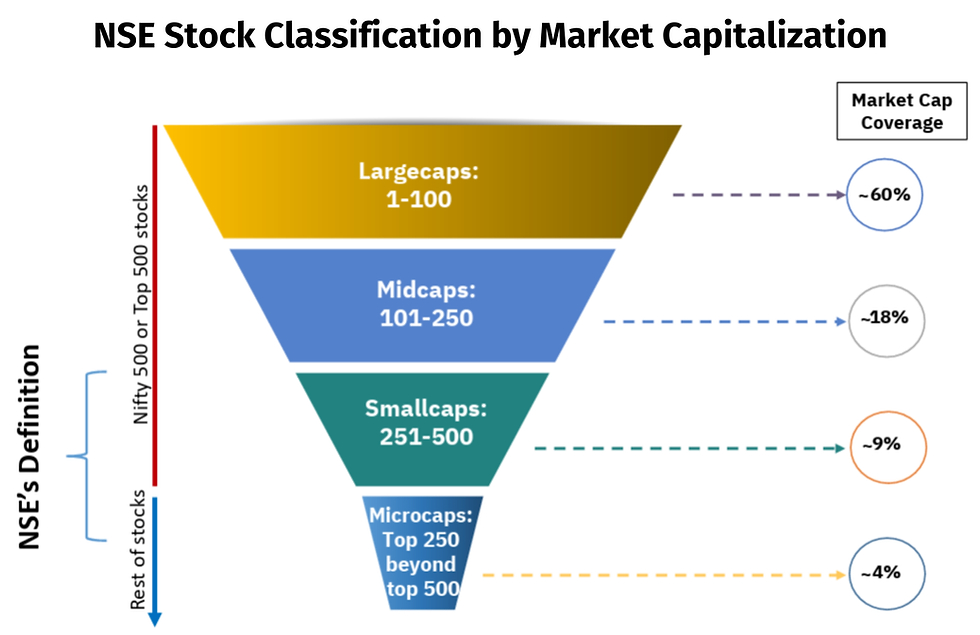Know Your ITR : Inflation, Taxes And Returns
- Akshay Nayak
- Sep 10, 2023
- 3 min read
The first thing we remember when someone mentions the acronym ITR would be our income tax return forms. But within the sphere of investing and investment management, inflation and taxes play a huge role in driving and determining our investment returns. The interrelationship between these three forces must be clearly understood for us to be able to optimise portfolio returns and investment performance. Therefore in today's post I'm going to talk about how these individual forces work and show how the interrelationship between them has a bearing on our investment returns.
Let us begin by looking at inflation. Inflation is essentially the single biggest force that dictates all our investment operations. Most of us understand the basic concept of inflation. But the way we interpret its effects needs significant change. Firstly, using headline inflation numbers (currently averaging 6% in India) as a benchmark would not suffice. Headline inflation numbers only consider spending on essential expenses such as food, fuel, power and so on. For a representative understanding of the components of headline inflation, have a look at the graphic below.

As individuals, we spend on a lot of things which are not covered by headline inflation numbers. These include things such as vacations, mobile phone bills, DTH/OTT subscriptions, education, health care and so on. Therefore, the rate of inflation applicable to our lifestyles would certainly be higher than the headline inflation rates. Therefore the minimum inflation rate benchmark we use must be between 8% and 10%. Also we would not be spending the same amount of money towards a given expense every year. Therefore our inflation benchmark may also need to change from year to year. The best way track lifestyle inflation would be to write down our expenses every year and see how our spending changes over the years.
Having looked at inflation let us now look at taxes as a force that influences our investment returns. Taxes on investment products depend heavily on the asset class which a particular product belongs to. In the case of equity (stocks and equity mutual funds) there are two that are taxed. These are dividends from stocks and mutual funds, and capital gains (Sale price of a stock or mutual fund - Cost Price). Capital gains may further be divided into Short Term Capital Gains (STCG) and Long Term Capital Gains (LTCG). To understand how each of these is taxed look at the graphic below.

Gains from debt instruments and gold ETFs would be taxed at slab rates without the benefits of indexation. Let us finish with the third and final force of our portfolio ITR, Returns. When talking about investment returns, we must first understand two basic return concepts namely nominal return and real return. Nominal return is the basic return our portfolios generate every year. When nominal return is adjusted for taxes and inflation, the resultant figure is the real return. This can be understood with an example as shown below.

Real returns show us how the purchasing power of our money haste changed over time. Therefore real returns are the most realistic benchmark against which to measure our investment returns. A long term real return of 0% and above is acceptable when planning for our financial goals. Understanding the interrelationship between inflation, taxes and returns would therefore give us a holistic understanding of our investment performance. It would show us how relevant our investment returns are in terms of making a tangible difference to our financial wellbeing, which is the ultimate objective behind all our investing endeavours.



Comments